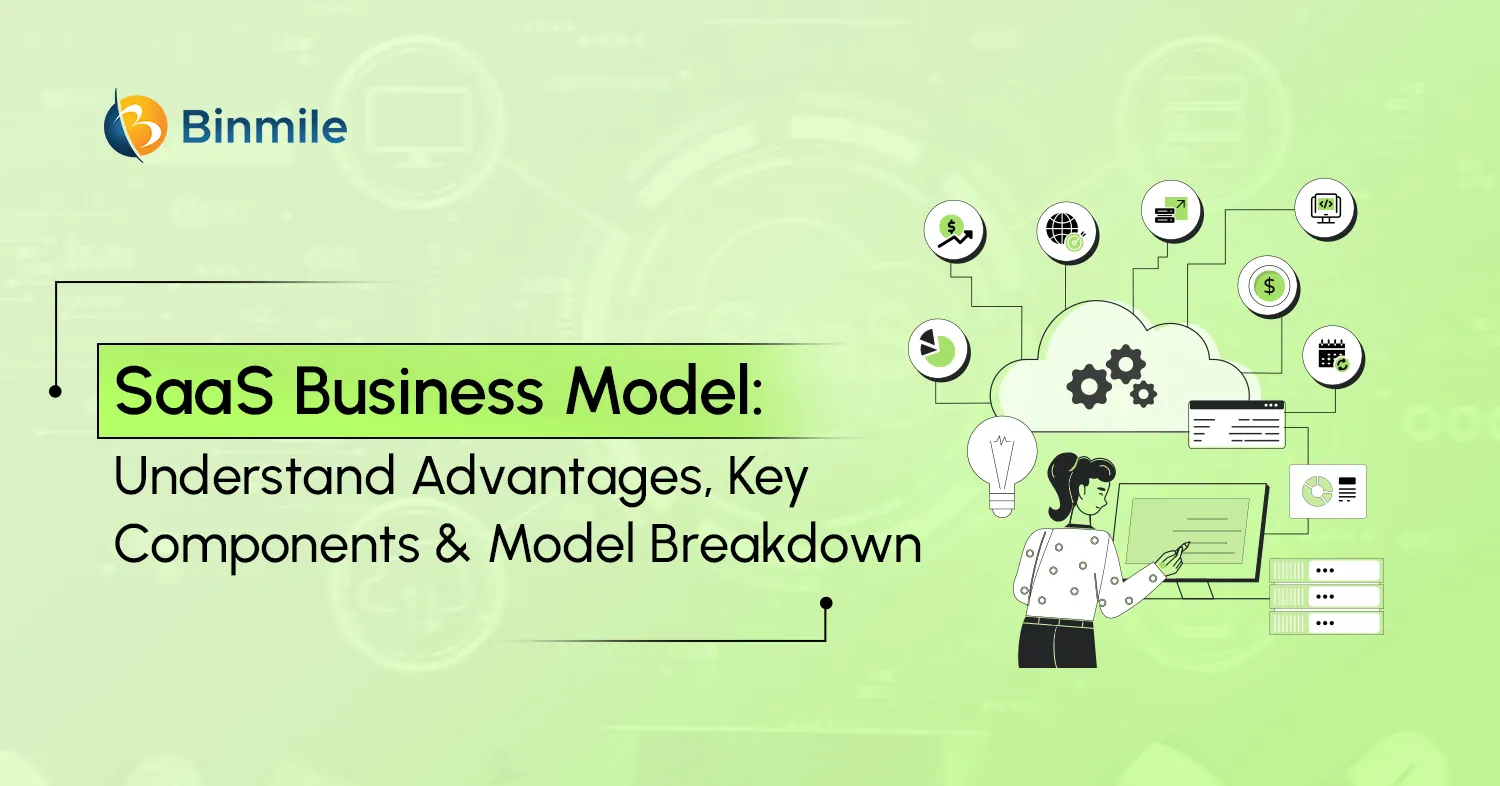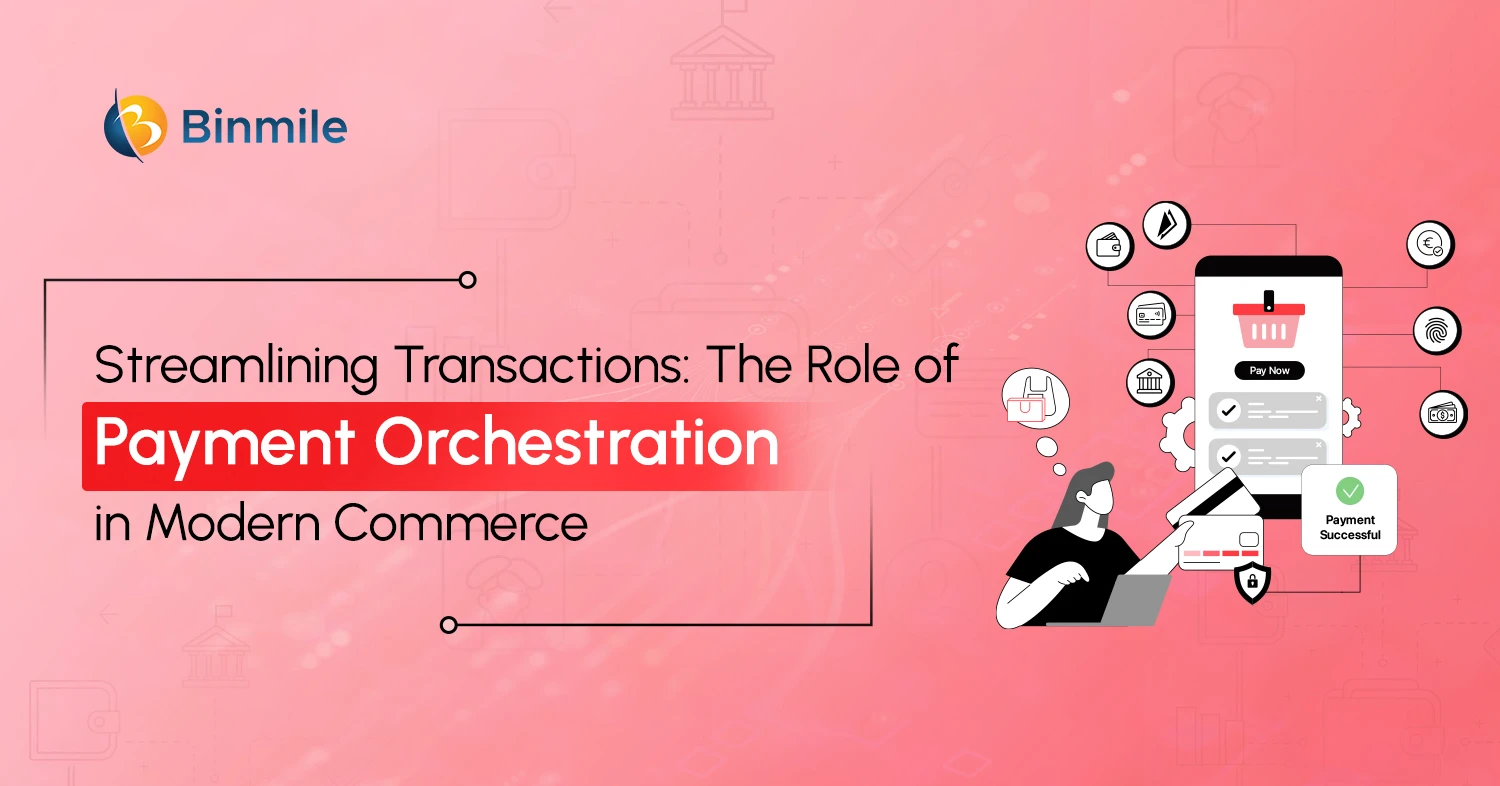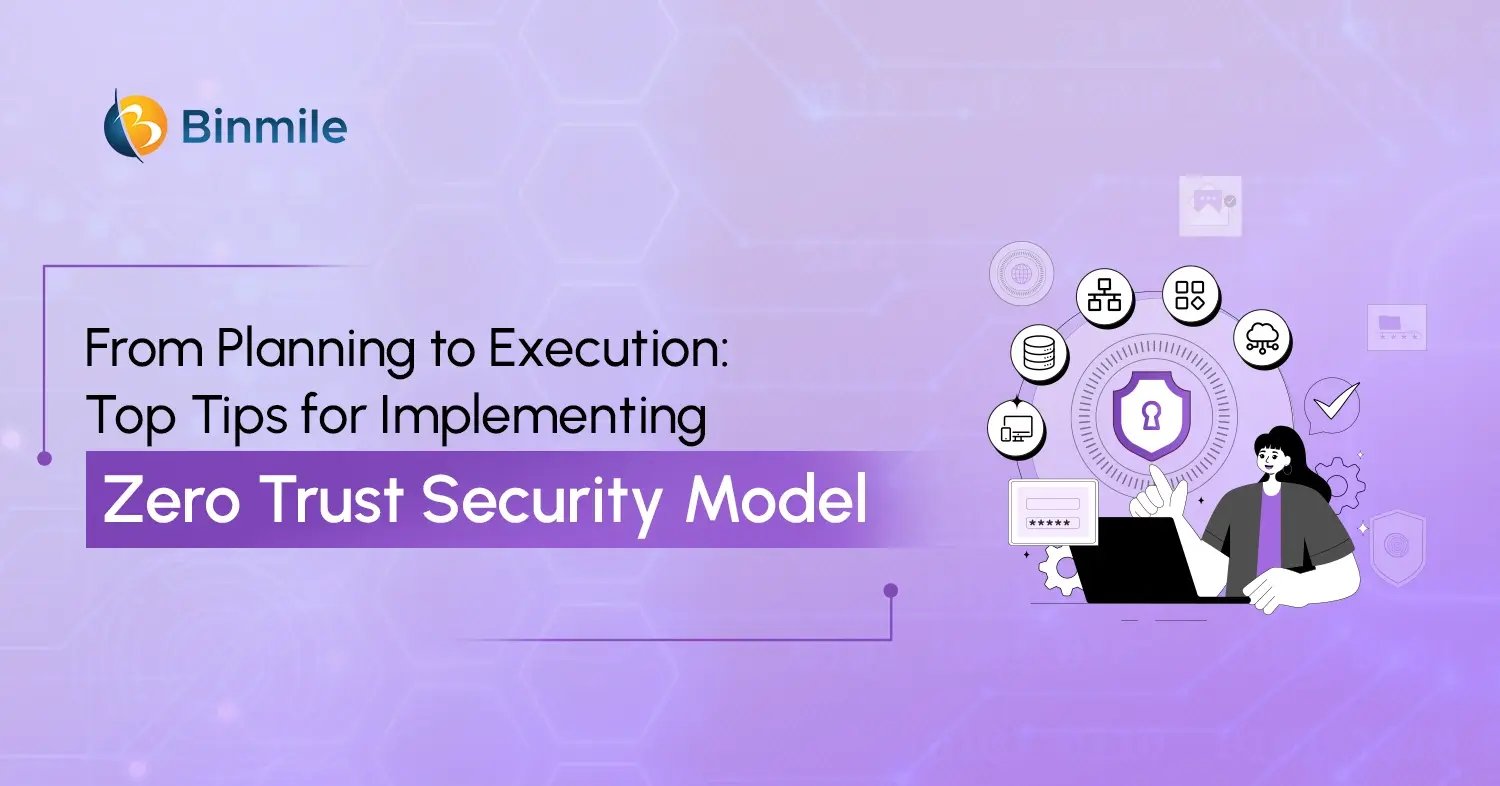Businesses need software to streamline processes and operate more efficiently, quickly, and intelligently. HRMS software or Human Resources Management software is one such solution. After all, HRMS systems do more than optimize HR functions or ensure a smooth workflow for businesses. It helps improve department communication, align processes and objectives, and provide insights into key HR metrics and trends. In addition to this, it also ensures that an excellent experience is delivered that will keep employees motivated and happy. Therefore, from keeping track of employee information, payroll, and scheduling to onboarding, you can do everything with HR software management.
Therefore, digital automated HRMS software for small businesses can simplify daily HR activities and solve many HR management issues. Whether you want to build HRMS software for your business or offer it as a solution for other companies, you need a comprehensive guide to create a high-functioning and user-friendly system. But what exactly do HRMS systems do? Should you use custom HR management software or one of the many tools available today? And what the steps are for successful HRMS software development. If you also have these questions, then this blog is for you.
What is HRMS Software?
HRMS, or Human Resource Management Software, allows mid and large-level organizations to automate their human resource management processes. HR software solutions give complete control over complementary management processes such as recruitment, work delegation, performance evaluation, payroll management, etc.
Top Examples: Workday HCM, Zoho HR, and Kissflow HR Cloud, among others.
Top HRM Software Features Every Business Should Consider
Before you discuss the essentials to help you build a successful HMR software for your business, please consider your company’s culture or future objectives. For instance, if you seek to foster a learning culture, a learning management system (LMS) may be more essential than performance management software. To build an effective and high-functioning app, your HRMS software must have the following features:

- A Centralized database or single repository for all employee data, ensuring consistency and easy access.
- Employee self-service portal where employees can manage their personal information, benefits, and more.
- Strategies and processes to attract, develop, and retain top talent through talent management.
- The recruiting feature to find and hire the best candidates for job openings.
- Onboarding and offboarding features that make integrating new hires and smoothly transitioning departing employees.
- Systems to ensure accurate and timely payment of wages and salaries, so software must have payroll and compensation management.
- Time tracking Tools to monitor and record employee work hours and attendance.
- Employee scheduling to let them plan and organize employee work shifts and schedules.
- Performance management lets your team or the management evaluate and improve employee performance through feedback and goal setting.
- Programs and resources to enhance employee skills and career growth through learning and development features.
- Employee engagement allows initiatives to boost employee morale, satisfaction, and productivity.
- Workforce analytics is used to organize employee data to enable informed HR decisions.
- You must also implement compliance features to ensure adherence to labor laws, regulations, and company policies.
Let's transform employee management with tailored HRMS software solutions to streamline operations, enhance productivity, and drive long-term growth.
Key Benefits of HRMS Software
- Empower your workforce with the ability to track and manage their tasks, such as attendance, applying for leave, or raising inquiries and requests.
- It reduces administrative costs by automating and digitizing the paperwork associated with onboarding, attendance, and time off data for payroll, among other information.
- HRMS software offers organizations a tailored working experience by providing metrics to facilitate training or other activities that boost employee morale and spirit.
- It also centralizes and facilitates access to essential data, such as information on onboarding, attendance, time off, payroll, performance, and more.
- HRMS software also provides an internal chat system, allowing your team to share ideas, work on projects, and discuss strategies in real time. This will boost communication and enhance collaboration.
HRMS Software Development Explained: Your Complete Guide to Building Effective Solutions
After understanding HRMS, I realized that software has become an indispensable tool for modern businesses seeking to streamline their HR operations. So, let’s discuss the seven key steps to developing effective HR software for small companies that meet your organizational needs while ensuring scalability and user satisfaction.

1. Set Clear Goals and Scope
Establish specific functions or goals before you start to build HRMS software. Think about the software’s key functions and how it will help streamline HR processes. It enables you to decide on the key features your HRMS software will offer and prioritize them based on the needs of your target users. HRMS systems typically manage tasks such as:
- Employee recruitment, application management, and onboarding.
- Storing and managing employee data.
- Payroll calculations, tax deductions, and benefits administration.
- Tracking employee attendance, holidays, and sick leaves.
- Evaluating employee performance, feedback, and development.
2. Identify and Analyze Your Audience
This could include HR managers, employees, department heads, and top-level executives. Understanding their unique needs, pain points, and expectations will help you design software that is not only functional but also user-friendly. So the requirements for the software can be:
- Need features like automated payroll, employee database, performance evaluation tools, and leave management.
- Looking for an easy interface to request time off, view pay slips, track performance, and update personal information.
- Require dashboards to track HR analytics, compliance reports, and key metrics.
3. Select the Optimal Technology Stack
The right stack ensures that your software performs well under heavy load, integrates easily with other systems, and provides long-term support. Key technologies include:
- To build the software’s logic and API, you should select a server-side language like Python (Django/Flask), Ruby (Ruby on Rails), Java (Spring), or Node.js.
- Technologies like React.js, Angular, or Vue.js are great for building dynamic user interfaces.
- To store and manage large amounts of HR data, consider using MySQL, PostgreSQL, or NoSQL solutions like MongoDB.
- Platforms like AWS, Google Cloud, or Microsoft Azure will help you scale your software as your user base grows.
4. Prioritize UI and UX Design
A well-defined UX design, user-friendly interface, and seamless experience will ensure employees and HR managers can easily navigate the software and complete tasks efficiently. Consider the following aspects:
Use a minimalistic design that avoids clutter and enhances usability.
- Ensure the software is intuitive, with clearly labeled sections and easy-to-find features.
- The software should work seamlessly on both desktop and mobile devices.
- Create different access levels to ensure that HR managers, employees, and executives only see the information relevant to them.
5. Consider Both Mobile Apps & Web Apps
Evaluate both mobile apps and web apps while building HRMS systems. Mobile apps provide on-the-go access, allowing employees and HR teams to manage tasks from anywhere. On the other hand, web apps offer a more comprehensive interface with robust features suitable for detailed HR tasks. So, you can integrate both by:
- Assessing users needs to determine essential features for both mobile and web apps.
- Ensuring compatibility between mobile and web apps for seamless data sharing.
- Prioritizing robust security measures to protect sensitive HR data.
- Providing comprehensive training for effective use of both mobile and web apps.
6. Guarantee Security and Privacy
HRMS software handles sensitive information about employees, including personal details and financial data. Ensuring the security of this data is crucial. Implement the following best practices:
- Use end-to-end encryption for data at rest and in transit to protect sensitive employee information.
- Implement multi-factor authentication (MFA) for system users, ensuring that only authorized personnel can access sensitive data.
- Regularly back up data and establish disaster recovery protocols to minimize data loss.
- Ensure your software complies with data privacy regulations such as GDPR, HIPAA, or other regional data protection laws.
7. Testing and Enhancing Over Time
Post development, ensure you conduct thorough QA testing services to ensure your software functions correctly and as expected. However, it is also essential to continuously gather feedback from users and release updates and bug fixes. Both testing and monitoring your HRMS software’s progress or performance make it easier to stay on course and make necessary adjustments if the project starts drifting off target. They should cover:
- Ensure all core functionalities work as expected, especially under heavy loads, to ensure scalability.
- Track the system for performance issues, address them proactively, and conduct security audits to identify timely vulnerabilities.
- Set certain KPIs to make sure your software is meeting the parameters for performance, UI/UX experience, slow response time, and user adoption rate, among other factors
Streamline your HR processes with a custom HRMS software solution built to fit your business – Start your product development journey today!
How Much Does It Cost to Develop an HR Management Software?
Like any other app development cost, many factors may impact the cost of building HRMS software. On average, HRMS software development costs with basic features can range from $50,000 to $150,000. In addition, the price may increase if you want to include advanced features such as employee data management or attendance tracking. It can range between $150,000 and $500,000 or more, depending on the complexity and scope of the project.
| Software Type | Estimated Cost (USD) | Development Time |
|---|---|---|
| Basic HRMS (Core HR features) | $15,000 – $30,000 | 3–4 months |
| Mid-Level HR Suite | $30,000 – $70,000 | 6–8 months |
| Enterprise HR Platform | $70,000 – $150,000+ | 9–12 months |
| MVP Version | $15,000 – $40,000 | 2–3 months |
Also Read: Top Software Development Tools
Summing It Up
It is an understatement to say that the success and growth of any organization are defined by how well its employees are being managed, treated, and looked over. This is why many businesses strive for different ways to enhance their employee management and implement experience strategies that boost retention and employee morale. Having HRMS software does pretty much everything. However, you need a solid plan, a clear objective, and collaboration with reputed product development services companies to deliver world-class HRMS systems.
Hopefully, this blog has given in-depth insight into how to go about HRMS systems development. We discussed key steps to build effective HRMS software solutions to support your business. Remember that you do not require an HR software solution with a galaxy of flexibility but with essential HR features modules that are easy to implement and effortless to manage. You’ll need a crystal clear understanding of your needs to find the perfect software that fits your HR processes like a glove. If you cannot, then our software consulting services experts can help!
Frequently Asked Questions
HR software development involves creating digital solutions that streamline human resource tasks such as recruitment, payroll, employee onboarding, attendance tracking, performance management, and compliance. These custom or SaaS-based tools help businesses improve HR efficiency, reduce manual work, and enhance employee experience.
HR software development services include the design, development, and maintenance of custom or cloud-based solutions that automate and manage human resource functions. These services cover modules like employee onboarding, payroll processing, attendance management, performance tracking, recruitment, and HR analytics—tailored to fit an organization’s specific needs.









